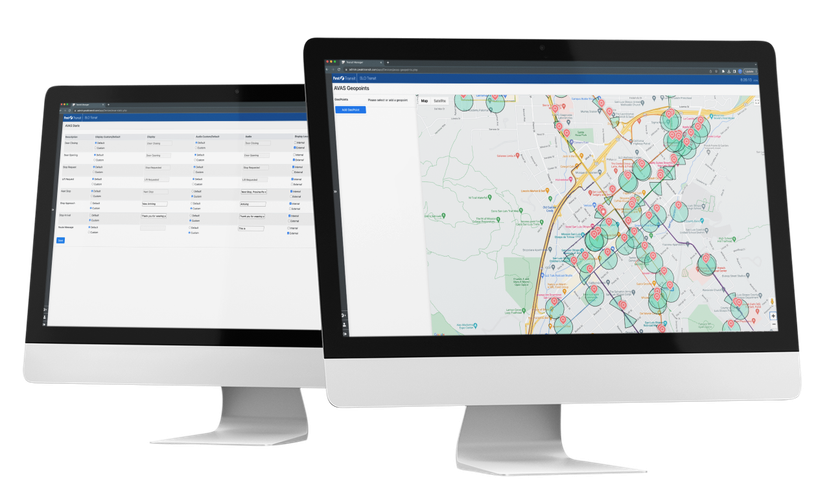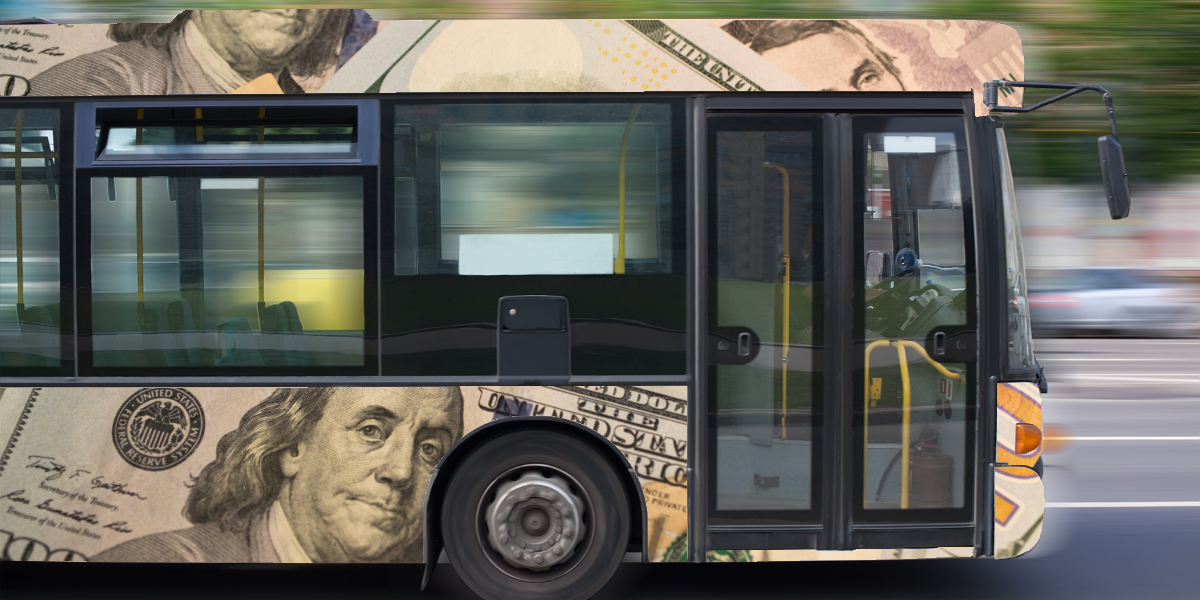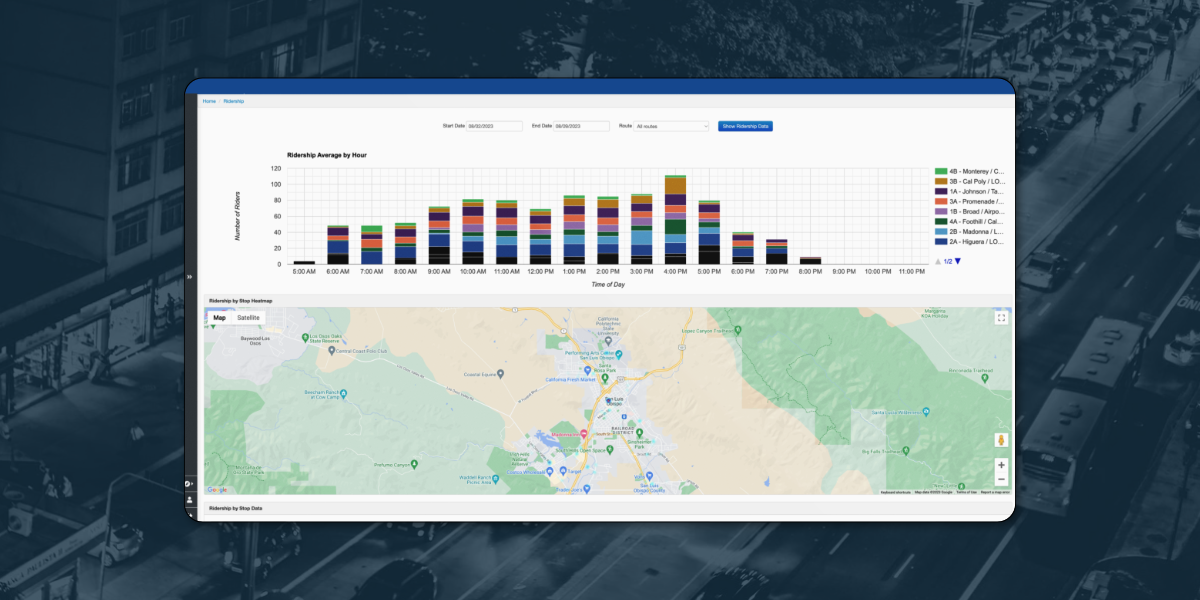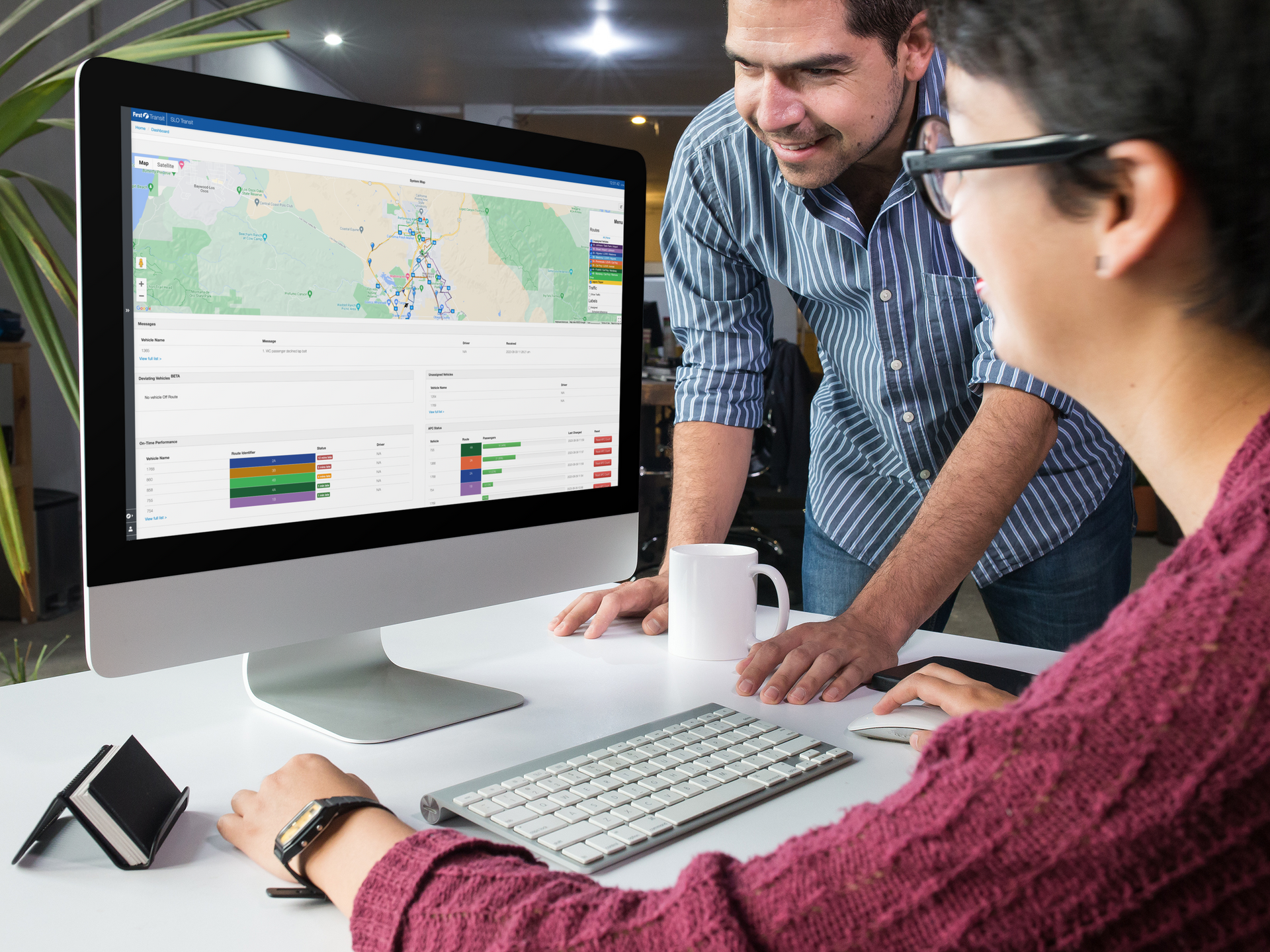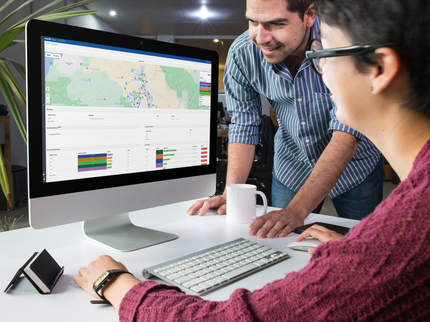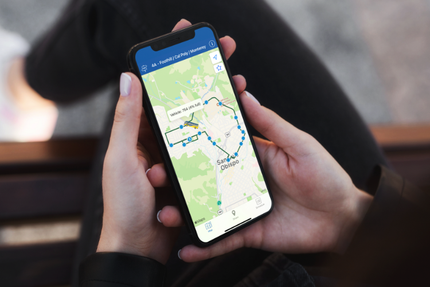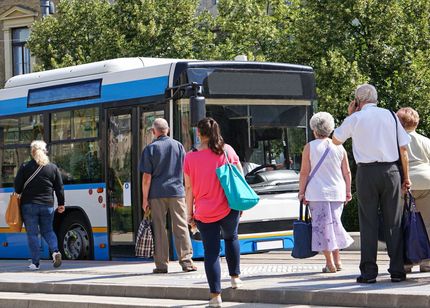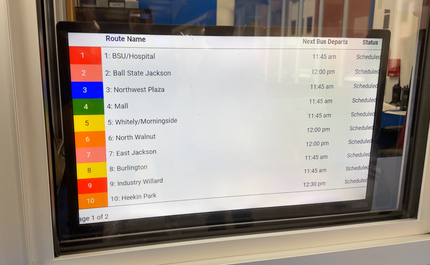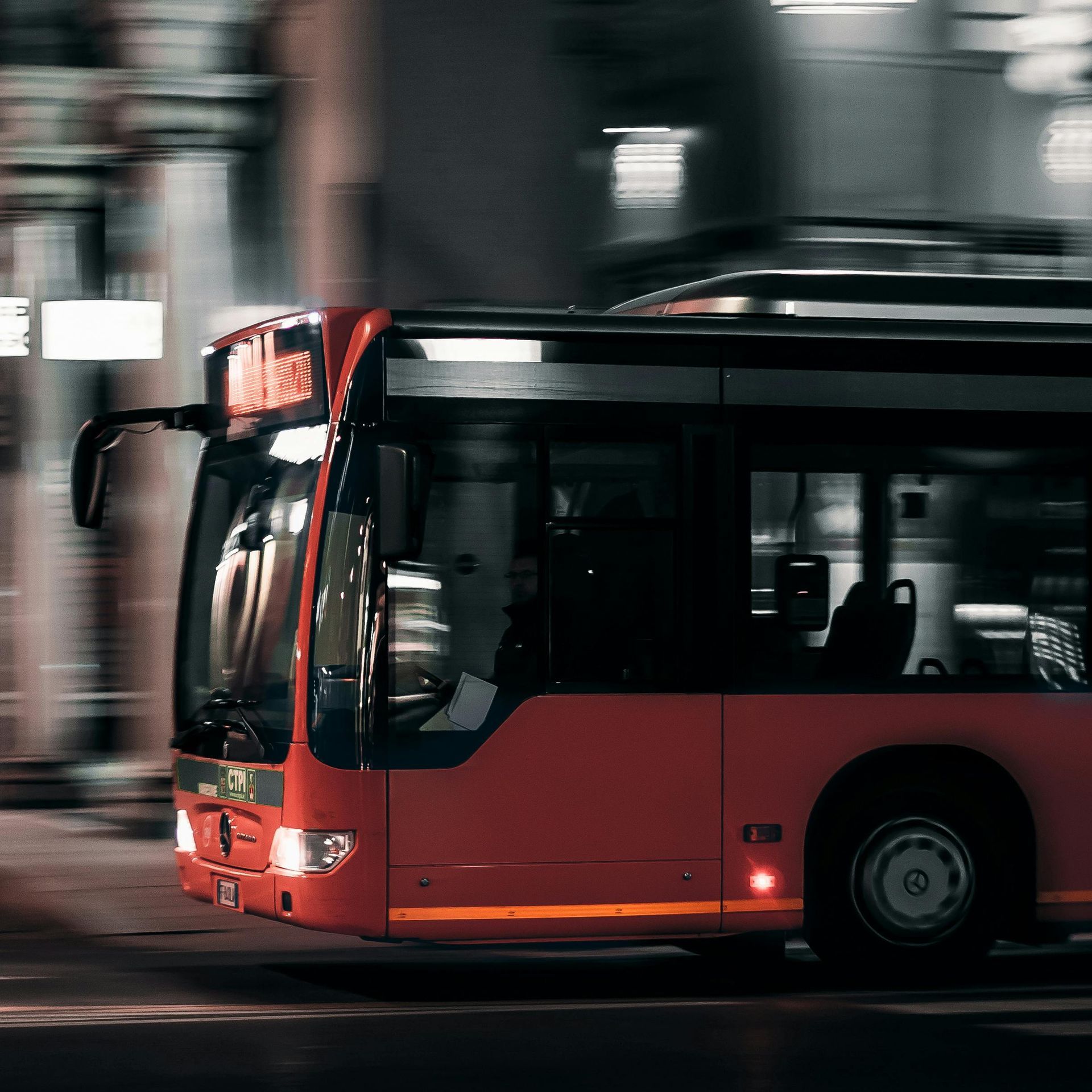March 19, 2025
Public transit agencies work hard to keep their systems running smoothly, but behind the scenes, outdated technology can silently drain budgets, frustrate riders, and slow down operations. Many agencies hesitate to upgrade their Computer-Aided Dispatch / Automatic Vehicle Location (CAD/AVL) systems, passenger information displays, or fare collection tools due to cost concerns—but the reality is that sticking with outdated technology is often far more expensive in the long run. In this post, we’ll break down the hidden costs of using aging transit technology and how agencies can modernize efficiently and affordably. The Hidden Costs of Outdated Transit Tech 1. Rising Maintenance Costs Aging hardware and software systems require frequent repairs and patches, and those costs add up quickly. Increased downtime: Old servers, onboard hardware, and network infrastructure fail more often, leading to service disruptions. Expensive vendor support: Legacy systems often require costly, specialized support contracts since only a few technicians still know how to maintain them. Incompatible components: Finding replacement parts for discontinued systems becomes a challenge, forcing agencies to rely on expensive, custom solutions. Security vulnerabilities: Older software lacks modern cybersecurity protections, putting agencies at risk of cyberattacks and data breaches. 2. Passenger Dissatisfaction & Ridership Decline A poor rider experience can drive passengers away, leading to lower fare revenue and reduced funding opportunities. Inaccurate ETAs: Outdated CAD/AVL systems struggle to provide real-time location updates, causing unreliable arrival predictions. Lack of real-time notifications: Without automated alerts for delays or detours, passengers are left frustrated and uninformed. No mobile app or outdated interface: Riders expect modern, user-friendly transit apps with trip planning and live tracking. Payment inconvenience: Older fare collection systems may lack contactless options, frustrating riders who expect tap-and-go payments. 3. Missed Revenue & Funding Opportunities Sticking with legacy systems doesn’t just cost more in upkeep—it also prevents agencies from maximizing revenue and securing funding. Limited fare collection options: Without mobile ticketing or smartcard integrations, agencies miss out on modern revenue streams. Reduced ridership data insights: Older systems don’t collect or analyze passenger data effectively, making it harder to optimize routes and justify funding requests. Grants tied to tech modernization: Many federal and state grants prioritize agencies that adopt modern transit solutions—those relying on legacy systems may miss out on crucial funding. 4. Operational Inefficiencies Outdated systems make life harder for dispatchers, drivers, and transit managers, leading to wasted time and resources. Manual dispatching headaches: Without automated vehicle tracking, dispatchers struggle to adjust routes and communicate with drivers efficiently. Inefficient fleet management: Lack of real-time monitoring means agencies can’t quickly respond to breakdowns, overcrowding, or service gaps. Paper-based processes: Many older systems still rely on printed schedules, manual reporting, and inefficient workflows that slow down daily operations. How to Fix It: A Smarter Approach to Modernizing Transit Technology Upgrading transit technology doesn’t have to be a massive, all-at-once overhaul. A phased, strategic approach allows agencies to modernize without disrupting service or breaking the budget. 1. Prioritize High-Impact Upgrades Start with the technologies that will provide the most immediate benefits. Real-time passenger information: Upgrade CAD/AVL systems to provide accurate ETAs and service alerts. Passenger apps and digital signage: Implement modern mobile tools that give riders the information they need. Contactless fare collection: Adopt mobile ticketing and smartcards to streamline payments. 2. Choose Modular, Scalable Solutions A modular approach allows agencies to upgrade in stages, rather than replacing everything at once. Flexible CAD/AVL systems: Look for solutions that integrate with existing hardware and software to minimize costs. Cloud-based platforms: Reduce reliance on outdated servers and enable remote management. APC (Automatic Passenger Counting) integration: Gain accurate ridership data to optimize service planning. 3. Leverage Grant Funding & Partnerships Many federal and state programs offer funding for transit technology improvements. FTA grants: Programs like the Urbanized Area Formula Grants (5307) and State of Good Repair (5337) help agencies modernize. Public-private partnerships: Partnering with technology providers can reduce costs and streamline deployment. Demonstration projects: Piloting new solutions in a limited area can attract grant funding and prove the value of upgrades. 4. Future-Proof with Regular Updates Avoid falling into the legacy system trap again by making regular maintenance and upgrades a core part of your transit technology strategy. Planned hardware refresh cycles: Software can often outlive hardware, but aging onboard devices (like tablets, modems, and signage) can become bottlenecks. Establish a predictable upgrade schedule to prevent unexpected failures. Standardized, modular hardware: Invest in interoperable devices that can be upgraded individually, rather than requiring full system replacements. Cloud-based software updates: Reduce reliance on on-site maintenance by choosing remotely managed CAD/AVL, passenger information, and fare systems. Proactive device monitoring: Use real-time diagnostics to detect failing hardware before it disrupts service. Lifecycle cost planning: Budgeting for gradual, planned technology upgrades prevents costly emergency replacements. By taking a long-term approach to both hardware and software , agencies can maximize their investment and avoid being locked into outdated, failing technology. The Bottom Line Outdated transit technology doesn’t just slow down operations—it creates hidden costs that drain budgets, frustrate passengers, and limit growth. By taking a strategic, phased approach to modernization, agencies can improve service reliability, reduce maintenance costs, and future-proof their operations without major disruptions. Peak Transit specializes in modular, scalable transit solutions that make modernization easy and cost-effective. Whether you need real-time CAD/AVL, automated passenger counting, or a branded passenger app, we can help you upgrade without the headaches. 📩 Let’s talk about your transit tech goals—contact us today!
